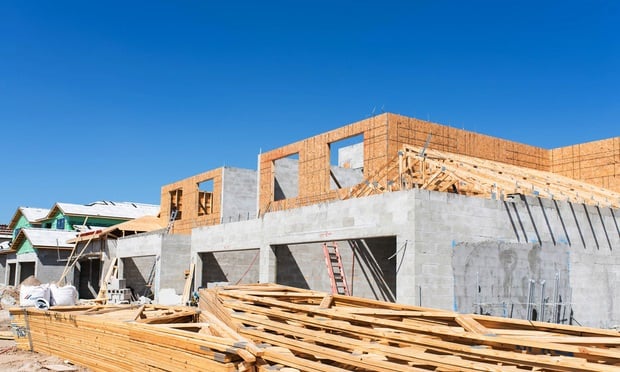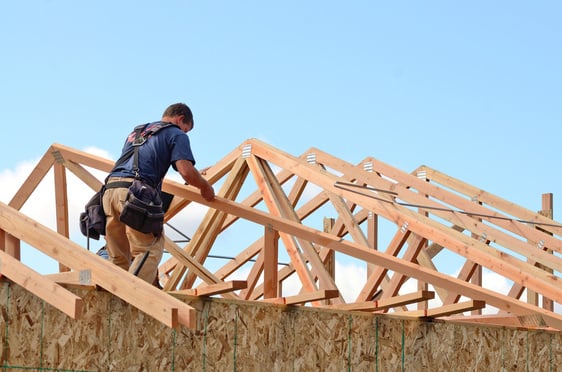Part 2 of 3
Office space is much more highly nuanced today from both a design perspective and from the perspective of how users view the utility of the office environment, says Barry DiRaimondo, CEO of SteelWave. “The office environment, for the most part, has been completely stagnant for the last 40 years…much more so than its residential and hospitality counterpart environments.”
Over the last four or five years, the office world has actively started to incorporate the design and finish elements into the office environment that have resonated well with the occupants of residential and hospitality space. Likewise, says DiRaimondo, the building products industry has stepped up and is now offering many more options for ceilings, lights, flooring and wall systems that are made from synthetic materials and can be delivered at lower cost.
The office layout is also transitioning to accommodate the more collaborative practices that are employed in today's modern businesses, he says. “Today's office environment is a much more open environment and has fewer and smaller private offices, open kitchens that spill into active gathering areas, indoor areas that spill into outdoor patios and meeting areas, operable windows that bring in fresh air and curtain wall systems that maximize the delivery of natural light into the space.”
DiRaimondo says, “the consumers of office space have figured out that if you provide an environment where employees want spend time in, employees actually will spend time in it and while they are there they will be more productive.”
The downside from a landlord's perspective, DiRaimondo says, is that “it is very disruptive for an office occupant to live through a conversion of yesterday's traditional office environment to today's modern office environment. As such, the industry is starting to see a significant decline tenants renewing leases in their existing locations…preferring to move into newly converted space as opposed to living through the conversion and resulting disruptions to their core business.”
In addition, according to Jonathan Larsen, principal and managing director of Avison Young, “Conversion of older buildings to creative office space will also be highly sought after as many people don't want to work in their father's office building. New development will take a back seat to the retrofitting of older buildings into creative office space.”
Technology has also impacted space allocation and allowed firms to become more efficient and reduce the amount of square footage required per employee, explains Paul Komadina, managing director of CBRE's San Diego region. “Over the past 10 years, it has decreased on average from approximately 250 square feet per employee to around 180-200 square feet per employee.”
Additionally, Komadina says, “the need for on-site amenities is increasingly important as companies are focusing on the employee experience. Employees today desire lifestyle balance and an experimental environment. They are socially conscious, active and always connected. As employers battle for top tier talent, finding a space that satisfies and transcends boundaries is critical.”
The pursuit for elevated customer experiences has been a major driver of the increasing popularity of repurposing of functionally obsolescent properties, adds Chichi Ahia, senior advisor and principal at Sperry Van Ness. “Schools have become apartment lofts, warehouses have been converted to 'industrial,' modern office space and factories have become micro-breweries. Without a doubt the creativity that we are seeing today is only the beginning of the ever evolving conceptualization of modern space planning.”
Stay tuned for more on how landlords are using office space as a tool for recruiting in an upcoming article on the subject.
Continue Reading for Free
Register and gain access to:
- Breaking commercial real estate news and analysis, on-site and via our newsletters and custom alerts
- Educational webcasts, white papers, and ebooks from industry thought leaders
- Critical coverage of the property casualty insurance and financial advisory markets on our other ALM sites, PropertyCasualty360 and ThinkAdvisor
Already have an account? Sign In Now
© 2024 ALM Global, LLC, All Rights Reserved. Request academic re-use from www.copyright.com. All other uses, submit a request to [email protected]. For more information visit Asset & Logo Licensing.








